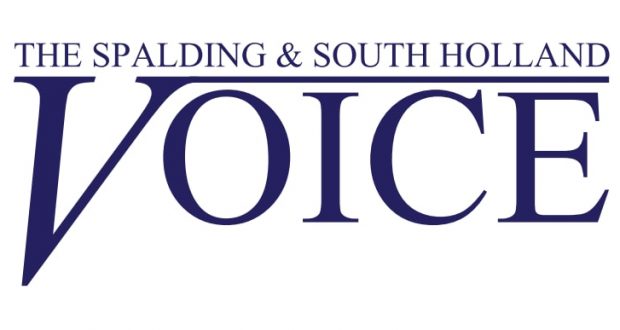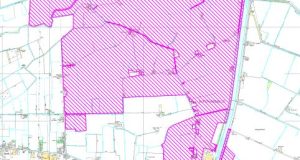A snapshot of homelessness in South Holland and Lincolnshire has been released.
The Lincolnshire Homeless Strategy 2017-2021 produced by local housing authorities is due to be adopted by South Holland District Council when its cabinet meets next week.
It details how homeless people will be looked after in the county over the next few years and some of the reasons why people end up without a home.
In the 2016/17 financial year Lincolnshire saw a 46.5 per cent rise in homeless applications which included 95 people being classed as homeless in South Holland.
At the end of March 2017, 28 people were being sheltered in local authority owned housing.
Of the 42 homeless people in South Holland surveyed by the Lincolnshire Homeless Strategy, the most common reason for being homeless (eight) was due to friends being no longer able or willing to accommodate the person.
A total of 10 said they were homeless due to the breakdown of a relationship of which half of those had left a violent relationship.
Three people were homeless due to rent arrears and one due to mortgage arrears.
Two people said they were without a home as their parents were no longer willing or able to accommodate them.
Having a dependent child was the main reason for the 42 homeless cited why they were a priority need.
The strategy also says through its efforts 170 people have been stopped from being homeless, mostly thanks to providing social housing.
Spalding is identified as a rough sleeping “hotspot” by the strategy. In 2016 it listed four people as rough sleepers in South Holland.
The strategy says with regards the district: “Whereas unemployment remains consistently lower than national averages, lower earnings locally compound the issue of housing affordability within South Holland.
“The population of the district is anticipated to grow significantly over the next 21 years, with rates of population growth anticipated to reach the second highest levels of growth within Lincolnshire.
“Whereas there is a buoyant housing market in South Holland, driven by the district’s excellent connectivity to places of high growth such as Peterborough, levels of growth have fallen short of local targets.
“Market rents in South Holland are high, and are comparable with those in Cambridgeshire to the south of the district.
“There is a notable gap between Local Housing Allowance rates and local market rents.
“The number of applications for assistance with homelessness to the council has increased over the past 12 months, leading to corresponding increases in temporary accommodation use.
“The district has also seen an increase in rough sleeping over the past few years.
“In response to these challenges, South Holland District Council is seeking to play an activity role in increasing supply of new housing within the district.”
 The Voice of Spalding and South Holland
The Voice of Spalding and South Holland




